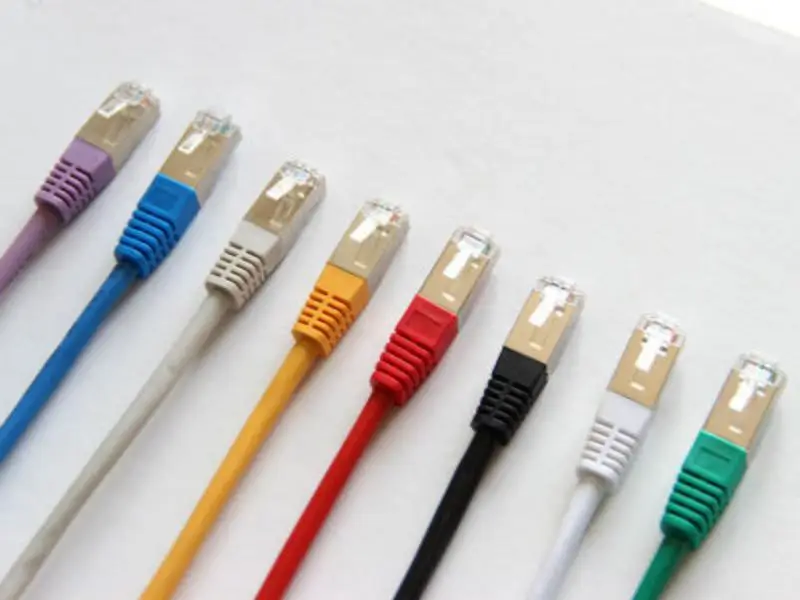- When discussing network connections, the terms “network cable” and “ethernet cable” are often used interchangeably. However, while all ethernet cables are network cables, not all network cables are ethernet cables.
- In short, while network cables encompass a wide range of cables used for networking purposes, ethernet cables specifically refer to the cables designed to support ethernet network connections.
Understanding the distinctions between network cables and ethernet cables can help network administrators and users select the appropriate cables to optimise network performance, reliability, and connectivity. Whether deploying a new network infrastructure or troubleshooting connectivity issues, knowing the differences between network and ethernet cables is vital for ensuring seamless and efficient data transmission within networks.
Understanding network cables and ethernet cables
A network cable serves as a foundational element in establishing connections between devices within a network, encompassing a wide range of cable types tailored to meet diverse transmission requirements. These cables play a vital role in facilitating communication and data transfer among network components, ensuring seamless connectivity and efficient network operations.
An ethernet cable, a distinct subset of network cables, is specifically utilised in local area networks (LANs) following the ethernet standard. Recognisable for their twisted pair design, ethernet cables are essential components that adhere to industry standards, enabling high-speed and reliable data transmission within network environments.
Also read: Understanding cable internet infrastructure work
Also read: Is Ethernet a network protocol? Exploring its capabilities and impact
Differences between network cables and ethernet cables
Since ethernet cable is a branch of network cables, the two share some similarities. However, they also differ in various aspects.
Material composition: Ethernet cables are typically constructed using copper or aluminium materials for data transmission purposes. In contrast, network cables encompass a diverse range of cable types that may include electrical cables for power delivery, as well as optical fibre cables for high-speed data transmission over longer distances.
Range and speed capabilities: Ethernet cables are specifically designed to support operating speeds ranging from 10 to 10,000 Mbps, providing compatibility with various network devices and infrastructure. By incorporating combination ports, these cables enable systems to operate at the highest speed feasible for the intended application, ensuring optimal performance across different network configurations.
Classification and connectivity: While network cables offer a broader spectrum of cable configurations, ethernet cables are typically recognised as twisted-pair cables with 8P8C modular RJ45 connectors, tailored for ethernet-based network connections. However, the evolution of ethernet technology has introduced newer cable variants such as coaxial and fibre optics cables that widen the classification scope of ethernet cables, blurring the lines between ethernet and network cable distinctions.
Applications and use cases: Considering the varied applications in networking environments, different types of network cables serve specific purposes. Patch cables, akin to ethernet cables, are commonly employed for shorter distances within office and wiring closet setups. Twisted pair or coaxial cables are utilised for electrical connections within buildings, while optical fibre cables serve for long-distance data transmissions and high-bandwidth requirements. In certain scenarios, power lines can even be utilised as a medium for network cabling, highlighting the diverse range of applications and connectivity options available in modern networking infrastructures.

